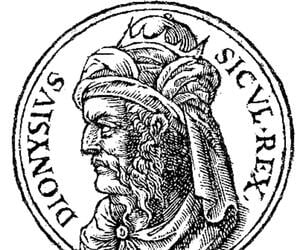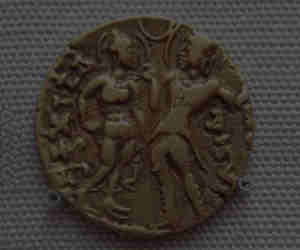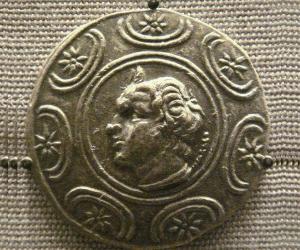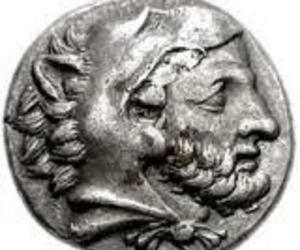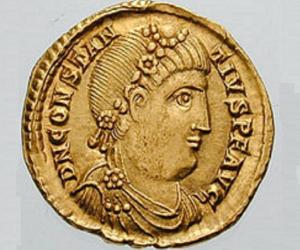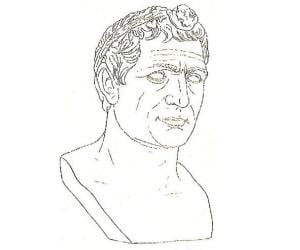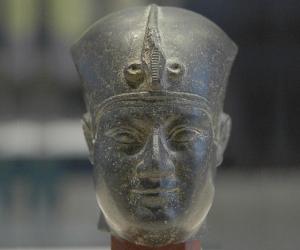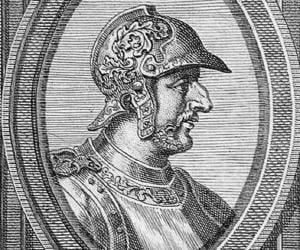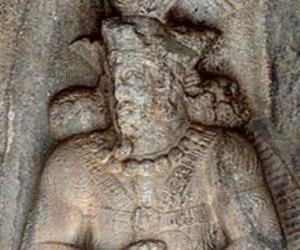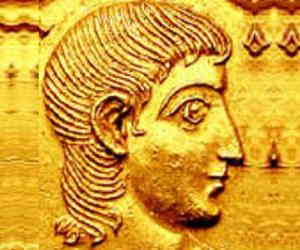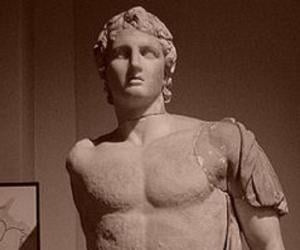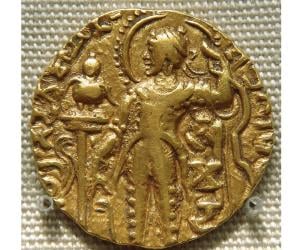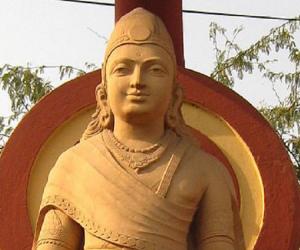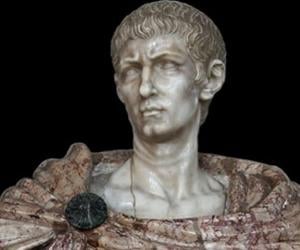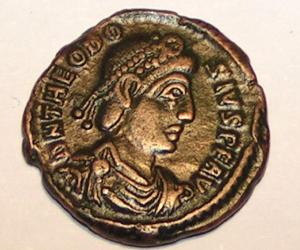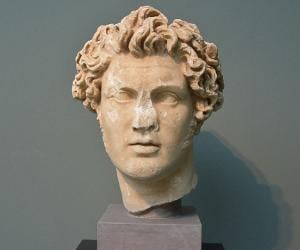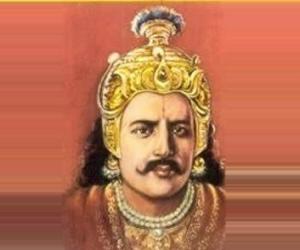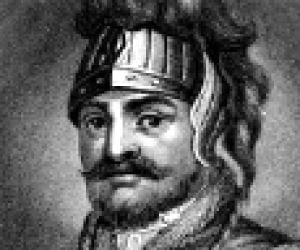Counted amongst the greatest military commanders of all times, Alexander the Great successfully created one of the largest empires—from Macedonia to Persia and India—of the ancient world. The son of King of Macedonia, Philip II, he ascended the throne at the age of 20 and achieved unprecedented success before he died at the age of 33.
The son of legendary Gupta emperor ruler Chandragupta I, Samudragupta ruled from 350 to 375 CE. He was part of the golden age of Hindu history and is known to have revived the horse sacrifice or Ashvamedha ritual. A devout follower of Vishnu, he had control over almost the entire Gangetic valley.
Chandragupta Maurya established the Maurya Empire in India. He was mostly advised by philosopher Chanakya. He conquered the Nanda Empire and fought the Seleucid-Mauryan War, too. His reign was marked by religious tolerance, and cultural and economic prosperity. He later relinquished his throne and became a Jain monk.
Theodosius I, or Theodosius the Great, ruled as the Roman emperor from 379 to 395. He made Christianity the state religion of his empire and constructed architectural marvels, such as the Column of Theodosius, the Golden Gate, and the Theodosian Walls, in Constantinople. He ended conflicts with the Goths and barred pagan rituals in the Olympics.
Greek king Pyrrhus, son of prince Aeacides, belonged to the Hellenistic period and ruled Epirus. His destructive losses in the wars that he fought gave rise to the term “Pyrrhic victory.” He fought against Rome in the Pyrrhic War and later died while fighting a street war in Argos.
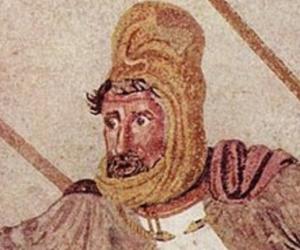
Darius III was the last Achaemenid King of Kings of Persia. He reigned from 336 BC to his death in 330 BC. Alexander the Great began his invasion of the Persian Empire in 334 BC and subsequently defeated the Persians in several battles. He then pursued Darius III. Before Alexander could reach him, Darius was killed by his relative Bessus.
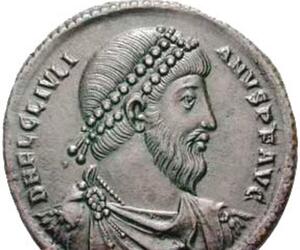
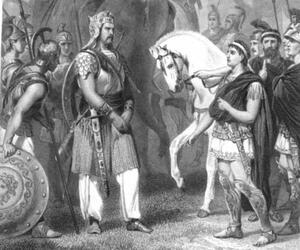
Fourth century BC Indian prince Porus only finds mention in Greek texts but is said to have ruled over a vast land in what is present-day Punjab in the Indian subcontinent. He fought and lost against the legendary Macedonian ruler Alexander the Great in the Battle of the Hydaspes.
Bindusara, son of Chandragupta Maurya, reigned as the second Mauryan emperor of India. He was the father of Ashoka the Great. Not much is known about his life. It is believed that much of the Deccan had been conquered by him, though there is no concrete proof of the same.

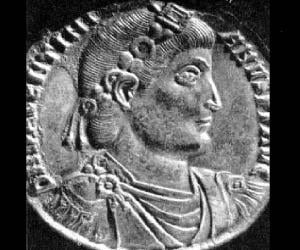
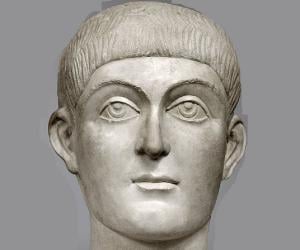
Alaric I reigned as the first king of the Visigoths. Alaric, who operated against the Western Roman regimes, is best remembered for playing a crucial role in the sack of Rome in 410, which was one of the major events leading up to the fall of the Western Roman Empire. After Rome's sack, Alaric fell ill and died in Bruttium.
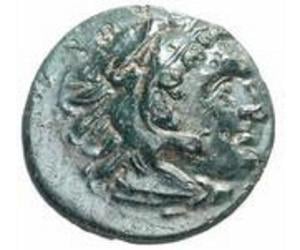
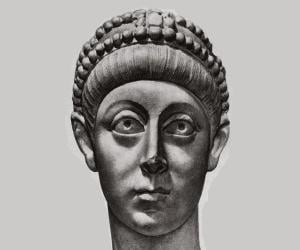
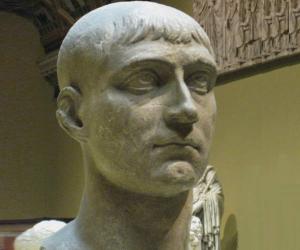
Roman emperor of the 4th century, Marcus Aurelius Valerius Maxentius was the son of Maximian. He spent most of his later rule dealing with civil wars. He also invested in building religious structures. He was eventually beaten and killed at Battle of the Milvian Bridge.
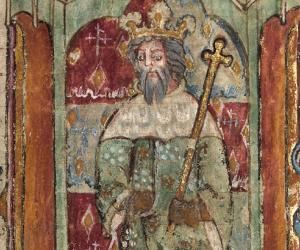
Magnus Maximus, a British General, rose to power as Roman Emperor of Western Roman Empire usurping the throne from Emperor Gratian in 383. The following year, he became emperor in Britannia and Gaul. In 388, he fought the Battle of Poetovio against the Eastern Roman Empire, but was defeated by Emperor Theodosius I and later captured and killed at Aquileia.

Artaxerxes III, also known as Ochus, was King of Kings of the Achaemenid Empire from 359/8 to 338 BC. He was the son of Artaxerxes II and his wife Stateira. As a young man, he commanded his father’s army and claimed the throne after his father and brothers died. He conquered Egypt in 340 or 339 BC.
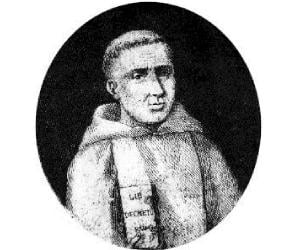
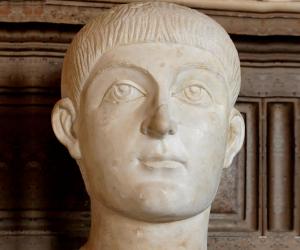
Eastern Roman emperor Valens, the younger brother of Valentinian I, is remembered for his valiant campaigns against pagan usurper Procopius and Visigoths. He was defeated and killed by Goths at the Battle of Adrianople. An Arian Christian, he removed many bishops who were removed by Emperor Julian.
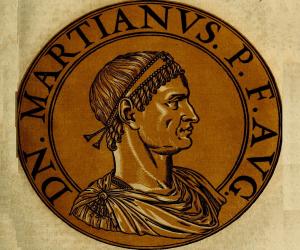
Eastern Roman emperor Marcian is said to have a peaceful “golden age.” He was initially a soldier and contributed to his kingdom’s finances as an emperor, by staying away from wars and refusing to pay an annual tribute to the Huns. He held the Fourth Ecumenical Council at Chalcedon.
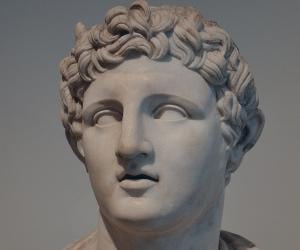
Demetrius I of Macedon was a Macedonian military leader and nobleman. He is best remembered for serving as the king of Macedonia from 294 to 288 BC. The son of Stratonice and Antigonus I Monophthalmus, Demetrius was the first member from the Antigonid dynasty to rule Macedonia.
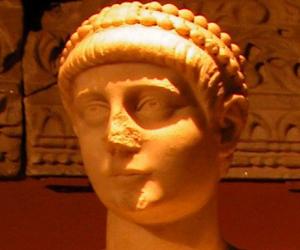
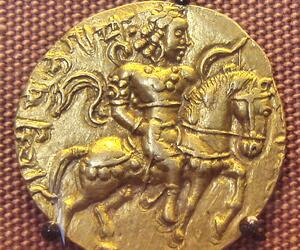
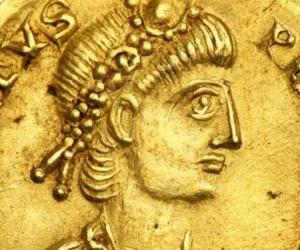
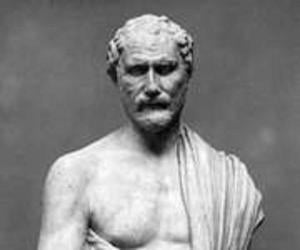
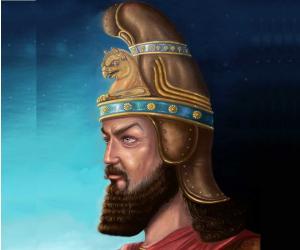
The youngest son of Achaemenid king Artaxerxes III, Arses of Persia was placed on the throne by Bagoas, a eunuch who had poisoned Artaxerxes III and all of Arses’s brothers. Though Arses later revolted against Bagoas’s control, he was killed, along with his children, and the throne was given to Darius III.
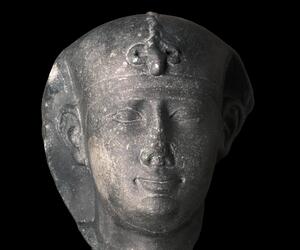
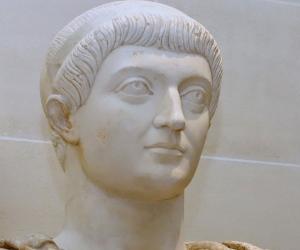
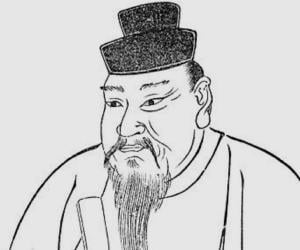
Remembered for spearheading land reforms and promoting cultural exchanges with the neighboring countries, Ōjin Tennō is a semi-legendary Japanese emperor, deified as the divine spirit of Hachiman, the god of war. Believed to be the fifteenth emperor of Japan, he might have reigned sometime in third or-fourth century AD. His mausoleum at Habikino is the second largest in Japan.
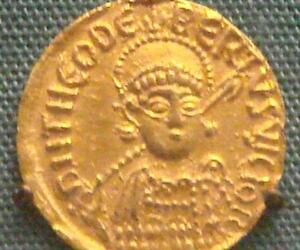
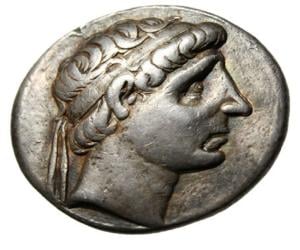
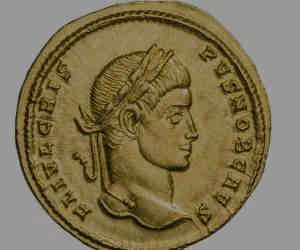
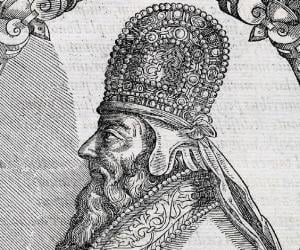
Persian king Artaxerxes II was the son of King Darius II. After he lost Egypt, he faced a strong revolt led by his brother, Cyrus the Younger, and though Cyrus was later killed, his rebellion kickstarted multiple successive revolts. Artaxerxes’s reign also saw major deviations in religion, with the worship of Anāhitā.
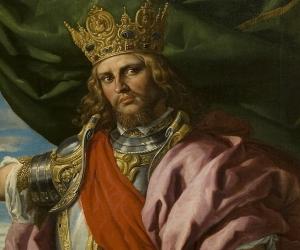
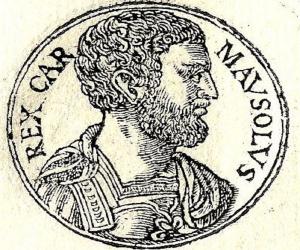
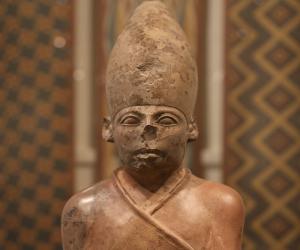
The last king of the 2nd dynasty of Egypt, Khasekhemwy was the only ruler to have used a royal name that referred to both Horus and Seth. He is also remembered for building huge structures at places such as el-Kab, Abydos, and Hierakonpolis, signifying the unification of Egypt.
